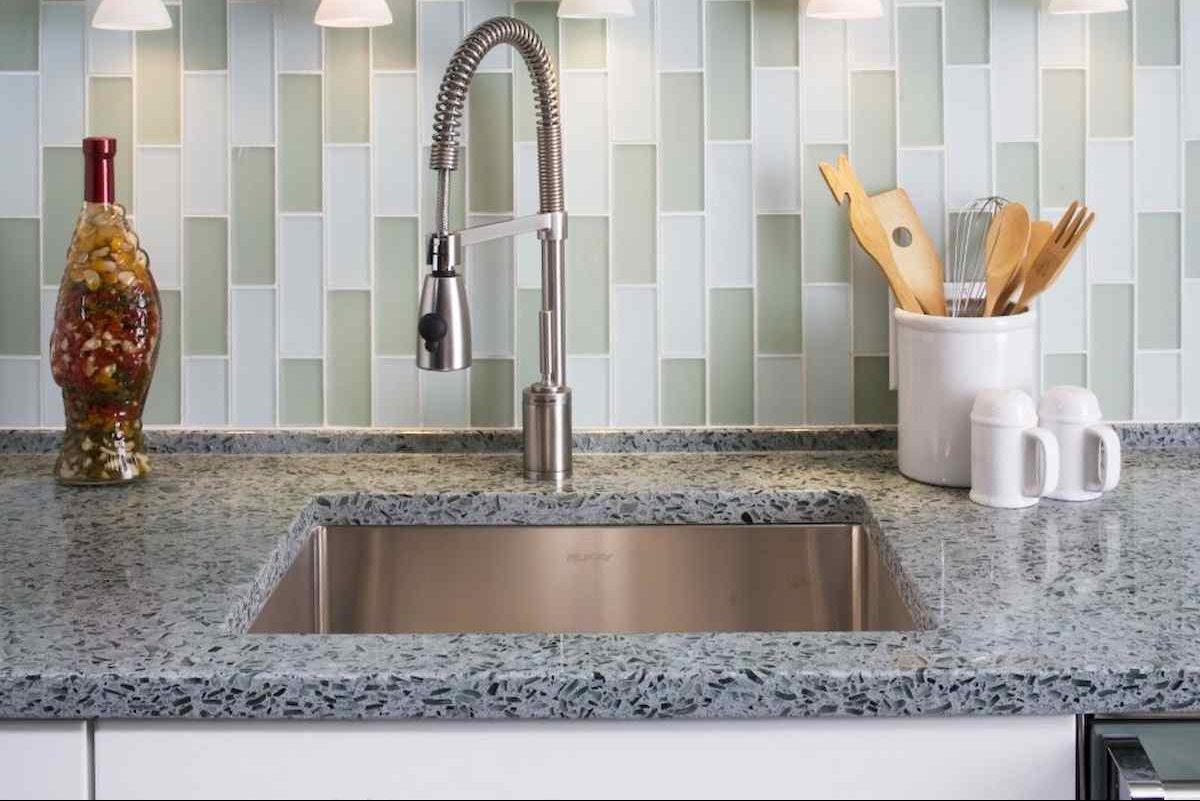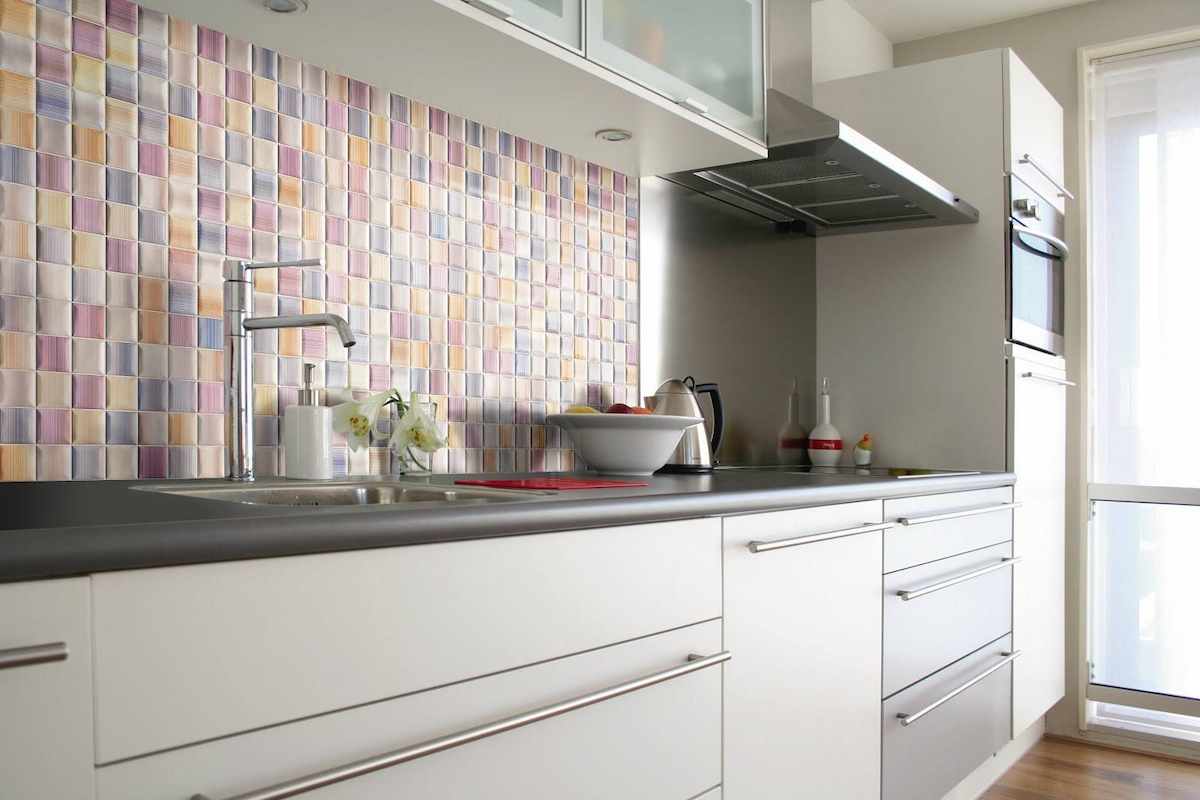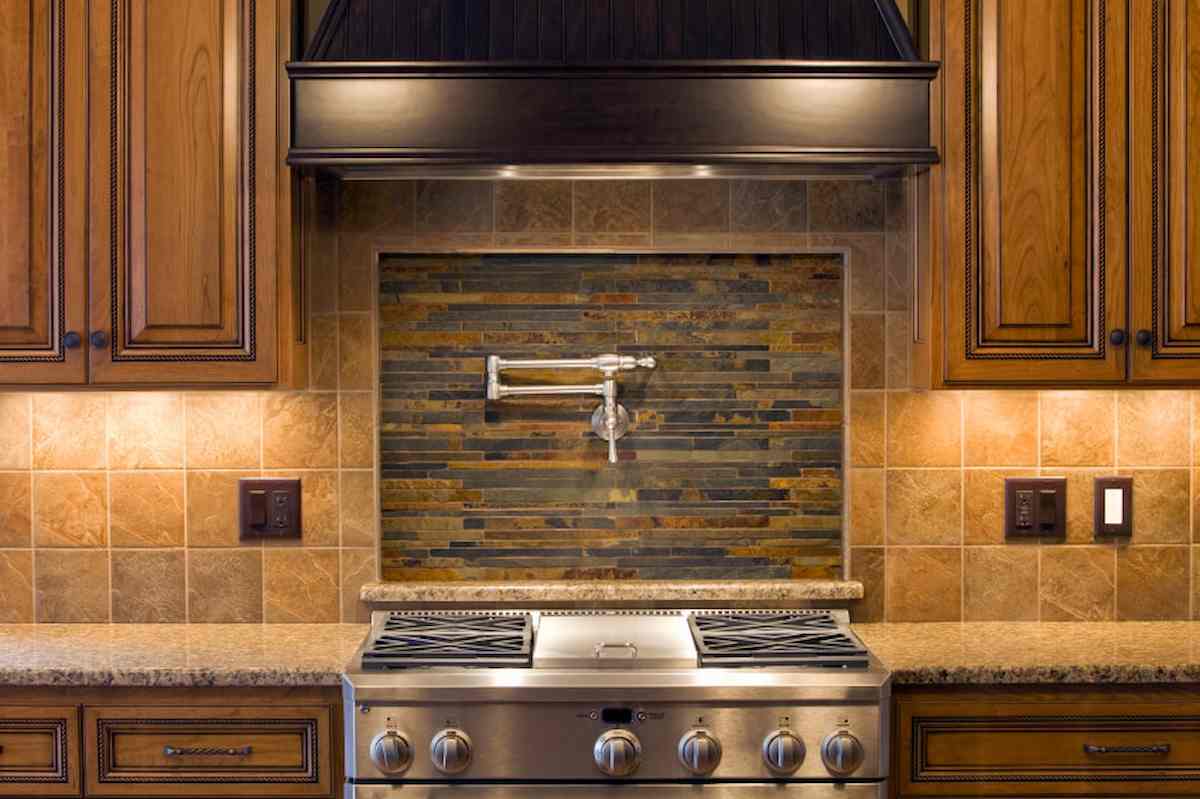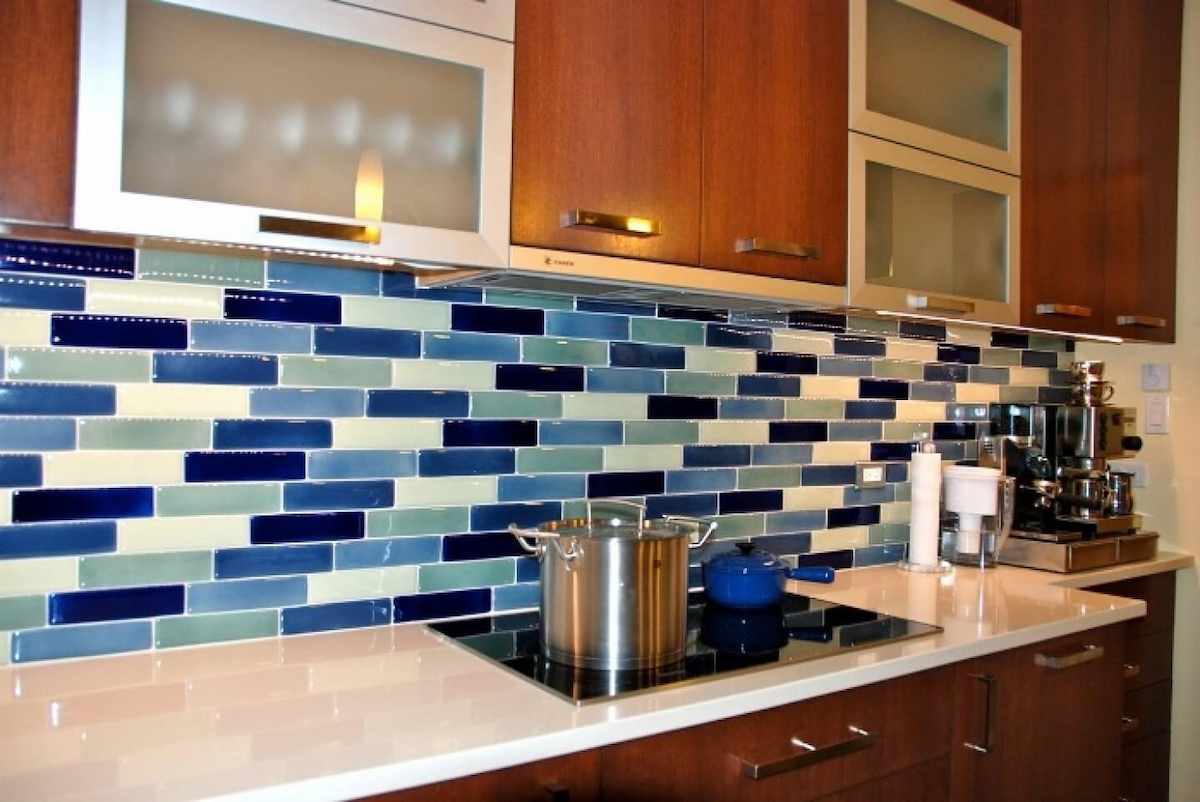Traditional backsplashes made of tiles, bricks, and stones give kitchens and bathrooms a finished appearance and bind the interior design of the space together.
Additionally, a backsplash stops food and drink spills from hitting the wall, making cleanup simpler. Although a backsplash made of sturdy materials looks wonderful vs. 3D stickers, installing one is difficult and expensive.
As an alternative, homeowners can save money by installing peel-and-stick backsplash themselves. The benefits and downsides of peel-and-stick backsplash, the materials used to make it, design options, and different types of peel-and-stick backsplash will all be covered in this article.
Peel-and-Stick Backsplash: What is it?
Homeowners can peel the backing off of the peel-and-stick backsplash, which comes in a variety of materials, and stick it to a surface.
While that may sound archaic, the peel-and-stick backsplash is a cheap and straightforward solution to make a lovely wall accent that also protects the wall in kitchens, bathrooms, and utility rooms.
read more: Wholesale Ceramic Tile Flooring
Wipe with a moist rag to maintain it. The peel-and-stick backsplash is the go-to choice among designers when they want a quick fix to liven up a space in a house.
The peel-and-stick backsplash is a long-lasting substitute for the traditional ceramic tile backsplash because of the potent adhesive on the back and the use of water-resistant materials. It has the appearance of genuine tile but doesn’t need mortar, grout, or other nasty materials to be installed like a conventional backsplash.

Benefits of Peel and Stick Backsplashes:
- Heat and water resistance; • Low maintenance; • Less expensive than other backsplash alternatives
Offers a huge selection of styles, colors, textures, and designs; requires no messy installation; shields walls from spilled food and liquids; some types and brands can tolerate dampness or heat;
Cons of Peel and Stick Backsplash
- Hard to get outlets and other wall fixtures to line up with seams and edges; • Doesn’t provide the real depth materials do; • Some peel-and-stick options cost as much as a real tile; • Won’t come off easily, possibly damaging the wall or surface underneath; • Can’t be used in a shower or bathtub; • Won’t work on walls without a flat surface; • The glue on the back can degrade from moisture, causing peeling; • Vinyl products tend to peel and stick, giving homeowners who need a quick way to add a backsplash to bathrooms, utility rooms, or kitchens the same design options as traditional backsplashes without the messy installation and costly cost.
An abundance of colors, patterns, and materials are available for this DIY backsplash to match any décor.
Peel-and-stick backsplash may appear like a low-cost alternative for home repair, but the advantages outweigh the inconvenience of conventional backsplash options.
Cost of a Peel and Stick Backsplash
Do-it-yourselfers appreciate peel-and-stick backsplash’s simple installation, and the cost reductions make this a practical job.
Six vinyl peel-and-stick squares are costing between $8 and $12, each covering around 6 to 8 linear feet of surface area.
Three-dimensional peel-and-stick tiles cost more and can cost up to $10 for one panel when constructed of materials like glass or metal. While some goods are produced in sheets or rolls, others are sold as individual tiles.

Peel and stick backsplash types
Peel-and-stick backsplash can be made from a variety of materials, including vinyl, silica gel that has been hardened, and natural materials of mother-of-pearl and glass.
- Vinyl
With a foam or plastic base and a variety of colors, patterns, or 3D realistic images of natural-world materials like slate, brick, stone, or wood, vinyl peel-and-stick backsplashes are available.
When a brick wall needs to be built around a fireplace, but the homeowner lacks the time or resources to complete such a major project, this kind of peel-and-stick works beautifully.
- PVC
The tiles of a PVC peel-and-stick backsplash are perfectly matched and composed of real PVC. The panels can be used in the kitchen or bathroom because of their heat and water resistance and realistic-looking tile-like surface texture.
Additionally, they are antibacterial and anti-mold. Use in a shower or bath may still be excessively direct moisture despite being seamless. Consult the specific manufacturer.
- Natural materials
Real materials are used to create a variety of peel-and-stick backsplashes; the real materials are sliced into small strips or blocks and given a thick layer of glue on the backside.

Natural materials may be cleaned frequently to prevent discoloration over time, but vinyl and gel, depending on the quality, can fade with time.
The depth and dimension that natural materials provide are other advantages. Over gel and vinyl, natural materials offer authentic texture. Vinyl is entirely flat, whereas gel peel and stick backsplash have some height, which can occasionally make it look cheap or false.
Natural materials run the additional risk of requiring grout to finish the job. Bare spaces separate the true materials. Without grout, it will appear incomplete. Although ready-made grout simplifies the task, grout is still dirty.
- Mother of Pearl
A lovely bathroom peel-and-stick backsplash is created with actual mother-of-pearl shell tile blocks. The blocks are fixed on 12-inch square sections and measure 1″ x 1″.
This peel-and-stick backsplash requires a little more attention to cut and apply, but the results are worthwhile. Additionally, they might be challenging to take off once applied.
It is advised that you seal the shell mosaic if you plan to use it as a tabletop surface using a professional sealant like DuPont StoneTech or 511 Impregnator.
Metal
Another simple material for peel-and-stick backsplash is metal.
Lightweight and thin metal, usually aluminum, is used to make 1-square-foot sections, which have adhesive on the back.

Compared to other varieties of peel-and-stick backsplash, metal is more expensive.
Hardened silica gel known as faux glass has a smooth surface similar to glass or a smooth surface similar to genuine tile.
The gel, a 3D product, faithfully reproduces stone tile, wavy glass in various hues, and backsplashes made of subway tile.
These forms of backsplash installation require a level, dry, and clean surfaces.
Reflective Glass
The glitzy appearance of old mirrored glass is even more pricey. The price of these panels is roughly $25 per square foot.
There are other, less expensive varieties of glass peel-and-stick backsplash available.
The tiles are frequently fitted with “Thin-set” or “Insta-set” to assist them in staying in place.

Stone
Premium peel and stick stone backsplashes made of actual stone are available. The aspect stone peel-and-stick backsplash has a price range of $15 per square foot on average.
Typically, stone comes in earth tones that go well with classic or rustic kitchen designs. Aspect stones have the distinctive qualities of genuine stone since they are manufactured from a real stone veneer, giving each panel a slightly different variance.
There are also far less expensive faux stone solutions available. However, they also lack visual depth or appear more flimsy than the genuine article.
Faux Copper
Another natural peel-and-stick backsplash is a product consisting of aluminum and a proprietary lightweight vinyl polymer that resembles copper.
These tiles offer strong, long-lasting use and are cut with a utility knife. The majority of producers provide a 20-year warranty.
Up to 190 degrees, this backsplash is resistant to moisture, steam, chips, and heat.












Your comment submitted.